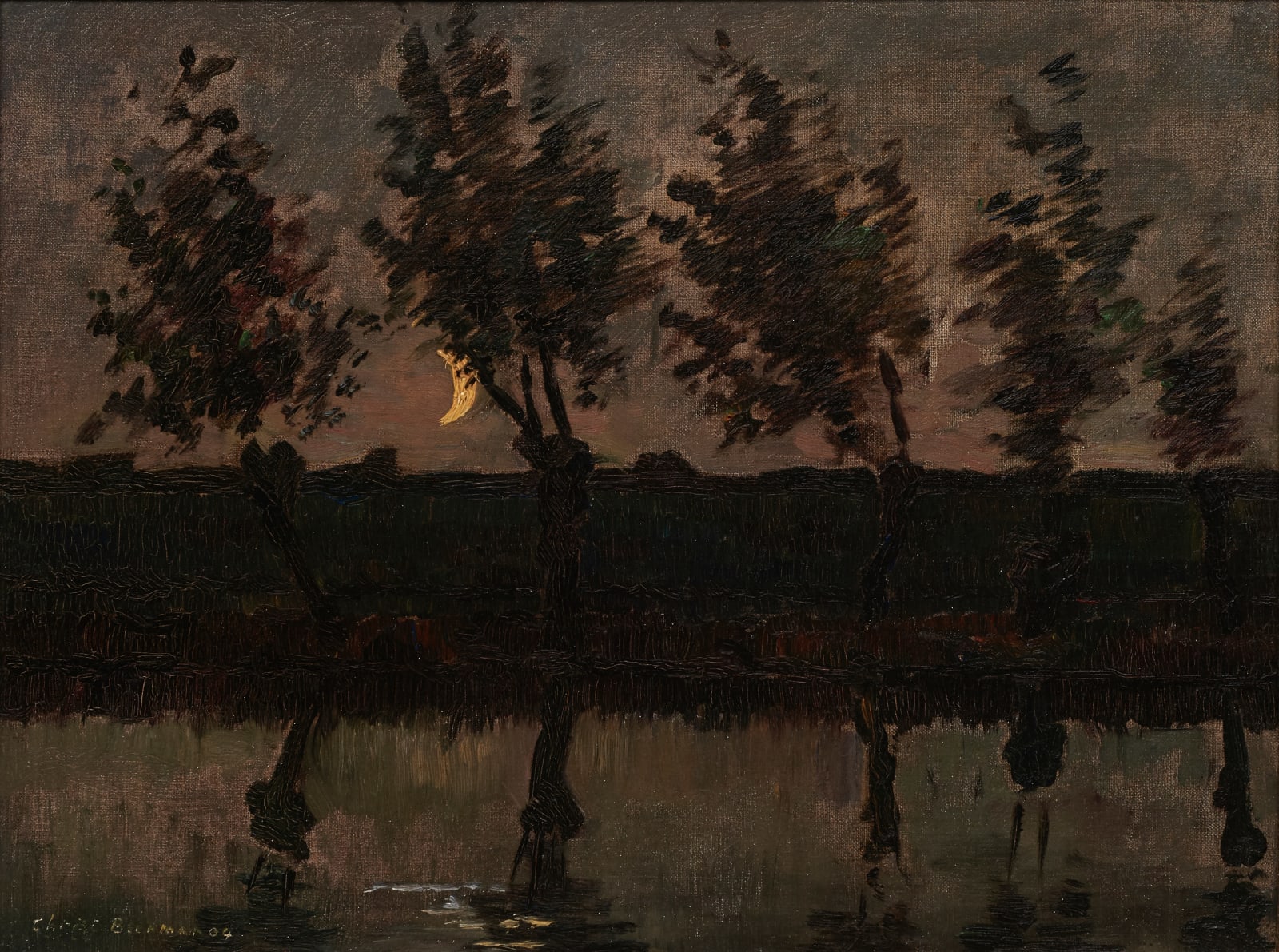Chris Beekman (1887-1964)
Politicized at the early age of thirteen as a worker in the porcelain factory Rozenburg in The Hague, Chris Beekman was always indebted to the hardship of laborers. Although the factory’s artistic output around 1900 is at the height of Art Nouveau design in the Netherlands, Beekman, influenced by engaged artists such as Théophile Steinlen and Vincent van Gogh, chose to depict the vagabonds and the destitute of everyday life in his own work. The artistic milieu at Rozenburg where he would remain until 1909, surely introduced him to the important artists at the time. Artists active in The Hague at the time such as Maris, Breitner, Toorop and his teacher Willem Bastiaan Tholen all greatly influenced the young Beekman.
When Beekman met the most influential H.P. Bremmer, advisor to Hélène Kröller-Müller, in 1913, his career as an artist was solidified. Bremmer, early supporter of Van Gogh, bought fifty drawings by Beekman. With over one-hundred works in the collection of the Kröller-Müller Museum, rarely do works appear on the art market. Venturing into abstraction in 1917 as an important contributor to the avant-garde collective De Stijl, Beekman’s reputation was soon overshadowed by its most zealous members, Theo van Doesburg, Piet Mondriaan and Gerrit Rietveld, after his return to realism in 1922. In fact, he had already parted from the De Stijl in 1919, after Van Doesburg accused him of politicizing the movement.
A comparison with Mondriaan’s oil sketches of trees by the river Gein seems that both artists clearly moved in the same circles at the beginning of the century or even painted together en plein air. The present painting has the original artist’s designed frame.



